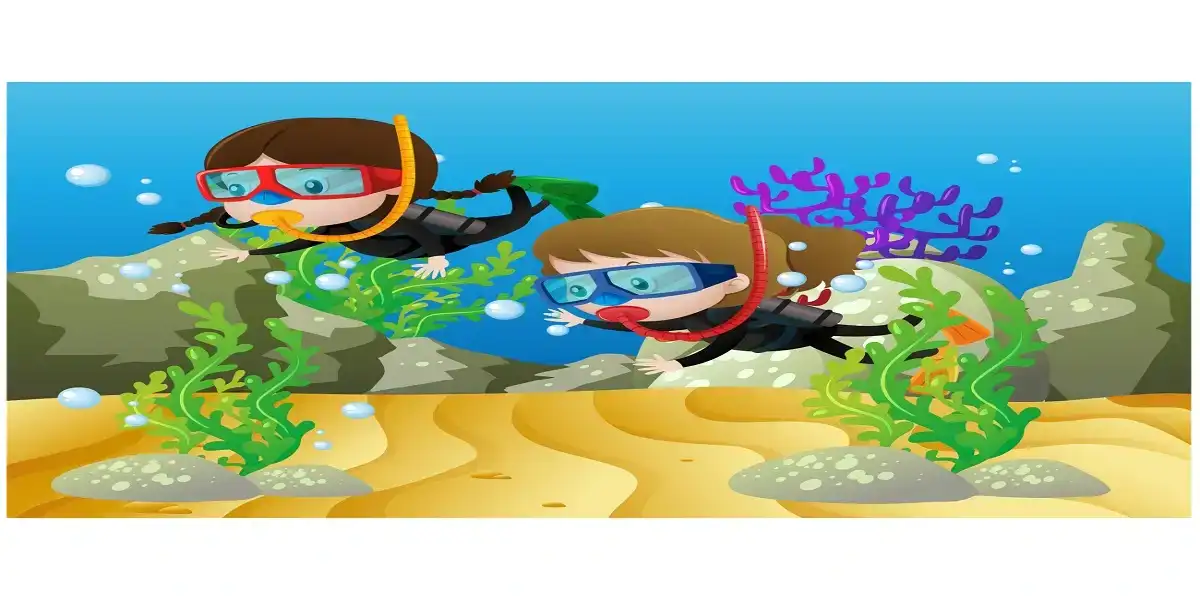Introduction
Since its debut in 1999, “SpongeBob SquarePants” has become a cultural phenomenon, captivating audiences worldwide with its whimsical underwater adventures and quirky characters. Known as “باب اسفنجی” in Arabic-speaking regions, the show has transcended linguistic and cultural barriers, making it one of the most beloved animated series of all time. This article explores the origins, impact, and enduring popularity of SpongeBob SquarePants, highlighting its significance in global entertainment.
The Origins of SpongeBob SquarePants
“SpongeBob SquarePants” was created by marine science educator and animator Stephen Hillenburg. The show’s conception began with Hillenburg’s interest in marine biology and his work as a teacher at the Ocean Institute in California. Combining his passion for the ocean with his talent for animation, Hillenburg developed a comic book titled “The Intertidal Zone,” which laid the foundation for what would become SpongeBob SquarePants.
In 1996, Hillenburg pitched the idea to Nickelodeon, and the network quickly recognized its potential. After three years of development, “SpongeBob SquarePants” premiered on May 1, 1999. The show’s unique blend of humor, imaginative storytelling, and vibrant animation style quickly garnered a dedicated fanbase, setting the stage for its lasting success.
Characters and World-Building
At the heart of “SpongeBob SquarePants” is its colorful cast of characters, each contributing to the show’s charm and appeal. SpongeBob SquarePants, the titular character, is an optimistic and energetic sea sponge who lives in a pineapple under the sea. His best friend, Patrick Star, is a dim-witted but lovable starfish. Other central characters include Squidward Tentacles, a grumpy octopus and SpongeBob’s neighbor; Sandy Cheeks, a squirrel from Texas who resides in an underwater dome; and Mr. Krabs, the greedy but caring owner of the Krusty Krab, where SpongeBob works as a fry cook.
The show’s setting, Bikini Bottom, is a meticulously crafted underwater city filled with imaginative locales like Jellyfish Fields, Goo Lagoon, and Rock Bottom. This vibrant and dynamic world serves as the backdrop for countless adventures, adding depth and variety to the show’s narrative.
Themes and Humor
“SpongeBob SquarePants” is celebrated for its clever humor and multifaceted themes that resonate with both children and adults. The show’s humor often relies on slapstick comedy, absurdity, and wordplay, appealing to a wide range of viewers. It also incorporates satirical elements and cultural references, allowing adult audiences to appreciate its wit on a different level.
Thematically, the show explores friendship, perseverance, and the joy of everyday life. SpongeBob’s relentless positivity and unwavering work ethic are central to many episodes, offering valuable lessons about resilience and the importance of a positive attitude. Additionally, the show tackles issues such as environmental awareness, community, and individuality, often through allegorical storytelling that resonates with viewers of all ages.
Cultural Impact and Legacy
“SpongeBob SquarePants” has left an indelible mark on popular culture, influencing everything from fashion and music to internet memes and social media trends. The show’s catchphrases, such as “I’m ready!” and “Is mayonnaise an instrument?” have entered the vernacular, while characters like SpongeBob and Patrick have become iconic figures recognizable around the globe.
The show’s success has also led to the production of feature films, including “The SpongeBob SquarePants Movie” (2004), “The SpongeBob Movie: Sponge Out of Water” (2015), and “The SpongeBob Movie: Sponge on the Run” (2020). These films expanded the franchise’s reach and introduced new audiences to the whimsical world of Bikini Bottom.
In addition to its cinematic ventures, “SpongeBob SquarePants” has inspired a Broadway musical, video games, comic books, and a wide array of merchandise. The show’s enduring popularity is a testament to its ability to evolve and remain relevant across generations.
Global Reach and Localization
One of the most remarkable aspects of “SpongeBob SquarePants” is its global reach. The show has been translated into numerous languages, making it accessible to audiences worldwide. In Arabic-speaking regions, it is known as “باب اسفنجی,” and the localized version retains the show’s humor and charm while adapting cultural references to resonate with regional viewers.
Localization efforts extend beyond language translation, with voice actors and scriptwriters ensuring that the characters and stories maintain their appeal in different cultural contexts. This approach has been instrumental in the show’s international success, allowing it to become a beloved part of childhood for millions around the globe.
Educational Value
While primarily an entertainment show, “SpongeBob SquarePants” has also been recognized for its educational value. The series subtly incorporates elements of marine biology and environmental science, often drawing inspiration from real-life oceanic phenomena. Episodes featuring jellyfishing, boating school, and various marine creatures provide viewers with glimpses into underwater life, sparking curiosity and interest in marine science.
Moreover, the show’s emphasis on positive values, such as teamwork, empathy, and perseverance, offers valuable lessons for young audiences. Through SpongeBob’s adventures, children learn about problem-solving, the importance of friendship, and the rewards of hard work and determination.
Challenges and Controversies
Despite its widespread acclaim, “SpongeBob SquarePants” has faced its share of challenges and controversies. Some critics have raised concerns about the show’s impact on children’s behavior, citing instances of crude humor and perceived negative role models. However, many parents and educators argue that the show’s positive messages and entertaining storytelling far outweigh any potential drawbacks.
In 2011, a study published in the journal Pediatrics suggested that watching “SpongeBob SquarePants” could negatively affect young children’s attention spans. The study’s findings were met with mixed reactions, with some experts questioning the methodology and broader implications. Nonetheless, the controversy highlighted the ongoing debate about the influence of children’s media on cognitive development.
Conclusion
“SpongeBob SquarePants” stands as a testament to the power of creativity, humor, and storytelling in captivating audiences of all ages. From its humble beginnings as a marine biology-inspired comic book to its status as a global cultural icon, the show’s journey is a remarkable success story. Known as “باب اسفنجی” in Arabic-speaking regions, SpongeBob’s adventures have transcended linguistic and cultural boundaries, bringing joy and laughter to millions worldwide.
As the series continues to evolve and entertain new generations, its legacy as a beloved and enduring animated classic remains firmly intact. Through its vibrant characters, imaginative world-building, and timeless humor, “SpongeBob SquarePants” has secured its place in the pantheon of great animated television, leaving an indelible mark on the hearts and minds of viewers around the globe. See more




